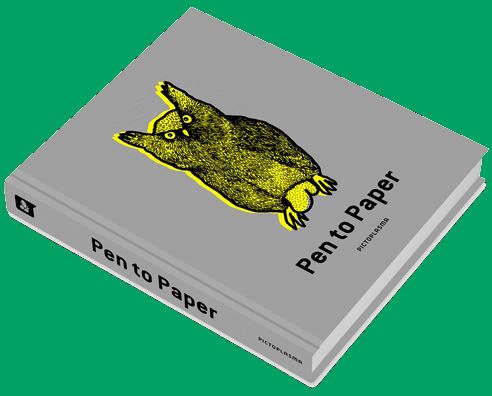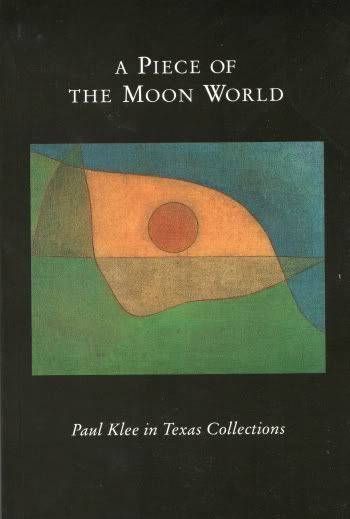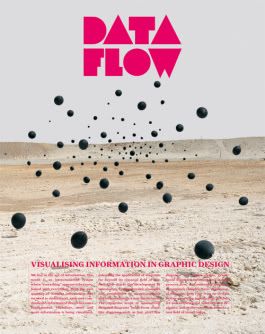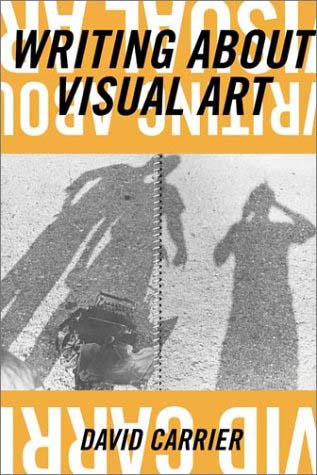Hand+Made: The Performative Impulse in Art and Craft curated by Valerie Cassel Oliver
This show at CAMH was fantastic. The catalog is also good, but the photos could have been larger. The book is very useful if you've seen the exhibit--it contains a lot of photos of the performances that are linked to the crafted objects in the show. Seeing these photos and reading about the performances helps bring the idea of the exhibit to life. Part of me thinks it is ridiculous that craft has to sneak into the museum under the guise of performance, but the proof is in the pudding--great show, good catalog.

Pen to Paper by Lars Denicke and Peter Thaler
There is this school or movement in drawing that relates to Paper Rad and Fort Thunder, along with dollops of illustration and street art and "bad art." Sketch Klubb sort of belongs in this movement. (I missed their show opening last night at the Joanna, dammit!) The artists in this world seem to discover each other through Flickr. This book is a collection of some really interesting examples of this kind of work. It includes work by Sketch Klubb's Lane Hagood, including a piece that I have framed and that is looking at me right now with 100 eyes, Diseased Writer. The text is minimal--a little too minimal. I wouldn't have minded knowing a little bit more about each artist.

A Piece of the Moon World: Paul Klee in Texas Collections
This little book is a Menil Collection book from 1995. Last year they had a "Paul Klee in America" exhibit that was excellent. Klee can reasonably be considered a grandfather (or great grandfather) of some of the artists in Pen to Paper. That's a connection that should be investigated.

Data Flow, Robert Klanten, Nicolas Bourquin, Thibaud Tissot, Sven Ehmann and Ferdi van Heerden
As our world becomes more awash in data, infographics become increasingly important. We still rely heavily on photographs and video for visual information, but the problem with them is that they are brilliant at showing the particular, but very poor at showing the general or at showing trends. Infographics don't deal with the particular; they deal with data. Consequently, it strikes me that artists and designers need to understand data much better. Data is full of pitfalls. A good handler of data has to know how to pull out the meaningful data out of the data torrent. She needs to know a good deal about statistics and math in general. She needs to be able to take raw data and process it into something meaningful--all before creating the graphic. Unfortunately, this book still shows designers as being purely visual technicians (and highly creative ones at that)--there is no sense that there is a new breed of statistician-designers.

Writing About Visual Art by David Carrier
The basic idea of this book is that art writing is "a relatively unexamined genre." And boy does he examine it here. He seems to have read everything, and a lot of this book is writing about what has been written from Vasari to the present. He talks about narratives in art writing, and how narratives fell away to a kind of "presentness." He calls this kind of writing "God's eye views," and while he has a lot of sympathy for it, he thinks it fails. Then he returns to narrative, but what he calls "gallery narratives" and "museum narratives." Suddenly, he's talking about the sociology and economics of art, and he wants this kind of writing combined with the writing about the "present" nature of the art. His ideal is later Arthur Danto. Not a bad book--very interesting ideas presented in a meandering style.
(Non) Conform: Russian and Soviet Art from 1958-1995
This is a big picture book of art from the Ludwig Collection. Ludwig, a candy tycoon from Germany, was a famous art collector but a highly controversial one. He was said to have collected official Soviet art and displayed said art in his private museum as a sop to the Soviets, where he looked to increase his business. This book is full of art both by official Soviet artists and underground artists. There are writings, most of which interestingly come in the form of answers to six questions:
1) Does post-Stalinist art have a chance of being perceived objectively?
2) Which qualitative features characterise "official" art and which "non-official"?
3) Can one count on a dialogue between the two "Soviet cultures"?
4) What role is played by market interests?
5) Does the revision of Socialist Realism influence the assessment of the surovyy stil' ("severe style")?
6) How do you see contemporary Russian art against the background of the historical context?
Most of the answers by the critics here are really boring. They skate around the main issues, in my view. After all, these critics are lending themselves to a very compromised endeavor here. The only responder who seemed completely free of bullshit was Norton Dodge, a famous collector of Russian conceptual art who was collecting it when it was quite dangerous to do so. It is bracing to read non-jargony sentences like this: "...the fact remains that art was subject to central party and government approval and those who did not conform could be subject to punishment." The period covered in this book dates from the "thaw" after Stalin's death to just after the fall of the U.S.S.R. Generally speaking, the "official" art seems fairly bad. But there is a lot of good art (and good pictures here) by artist like Erik Bulatov, Mikhael Grobman, Ilya Kabakov, Igor Makarevich, and others. Also, it seems that art from the Baltic states was top notch.
Drawing Live by Javier Mariscal
Pretty disappointing. I loved Mariscal in the erly 80s, but the Mariscal of that time, who was drawing comics, doing posters, designing nightclubs, designing furniture, etc., eventually got swamped by demand for his work and had to become a studio full of people who, evidently, draw like Mariscal. The work after the Barcelona Olympics is only occasionally interesting, and it makes up the bulk of this book.




No comments:
Post a Comment